Austria rarely shouts; it dazzles quietly. Beyond Vienna’s waltzes and alpine postcards, a deeper, more surprising country waits—innovative, delicious, and wildly diverse. This is where understated craftsmanship meets cinematic landscapes, and where culture seeps into everyday life. Read on to discover why Austria may be Europe’s most underrated star—and why your next trip should begin here.
Vienna Beyond the Ringstrasse
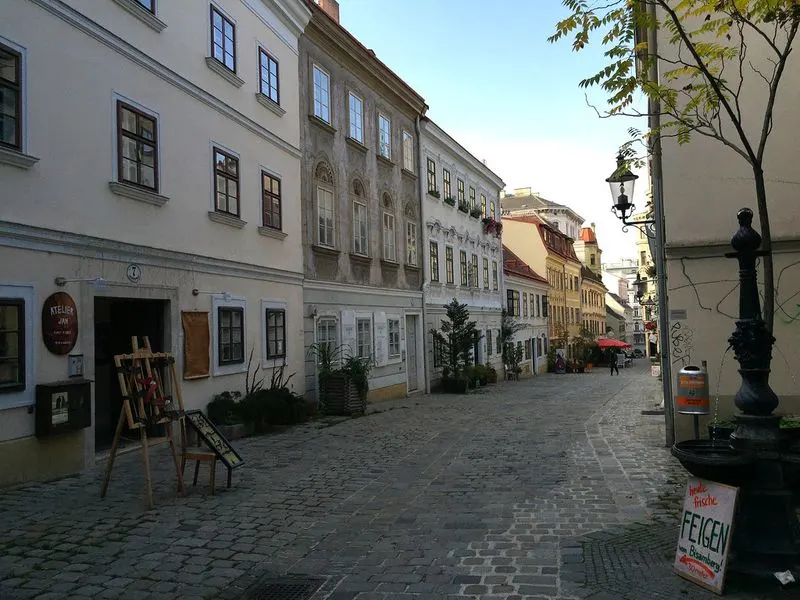
Vienna’s Ringstrasse headlines, but its soul lives beyond the grand boulevard. In districts like Neubau and Margareten, indie galleries, artisan roasters, and design-forward ateliers bustle in historic courtyards. Emerging chefs reinterpret Viennese classics with alpine herbs and seasonal market finds. Tram rides reveal Jugendstil facades softened by ivy, and small heuriger-style wine bars pour local gems. MuseumsQuartier invites lingering, not rushing. Hidden passages connect quiet squares to buzzing lanes, creating a city of delightful contrasts. Vienna is elegance with a wink—less museum, more living room. Step off the Ring, and the city’s understated charisma unfolds softly, street by street.
Salzburg’s Soundscape Reimagined
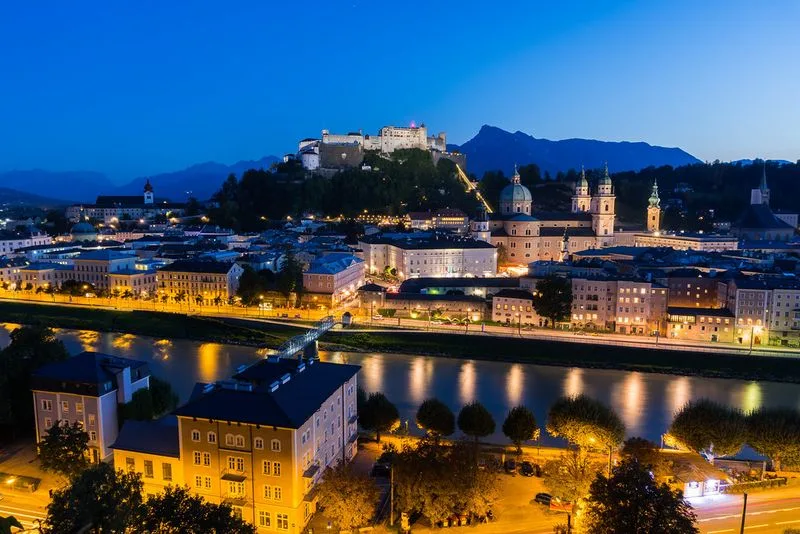
Salzburg is more than Mozart and marzipan. Its baroque silhouettes frame a dynamic audio world: choir rehearsals drifting from abbey courtyards, jazz trios in vaulted beer halls, and experimental sets along the Salzach’s embankments. Climb the Mönchsberg for sunset bells that ripple through terracotta roofs. Contemporary museums pair sensory installations with alpine horizons. Street performers rework symphonic motifs into electronica, drawing curious crowds. In August, the Festival electrifies alleys and salons. Yet off-season, the city whispers—intimate, melodic, deeply local. Salzburg’s secret isn’t nostalgia; it’s reinvention. Music is language here, and every stone seems tuned to listen.
Graz: Design Meets Farm-to-Table
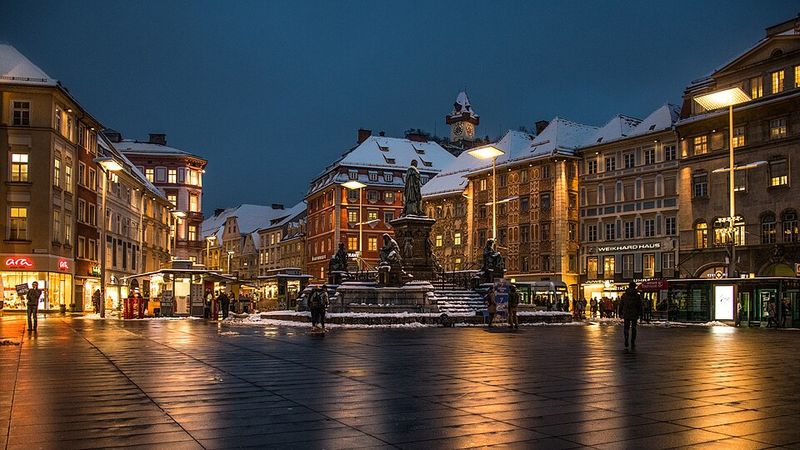
Graz surprises with playful contrasts: a UNESCO-designated historic core pulsing with futuristic design. The alien-like Kunsthaus hovers beside red-tiled roofs, while creative studios fill courtyards scented with roasting coffee. Styria’s farms sit close, feeding a vibrant farm-to-table culture—pumpkin seed oil, crisp apples, and biodynamic wines shape menus. Weekends bring markets brimming with heirloom produce and local cheeses. Biking trails thread through riverside greenery to castle views. Student energy animates evenings, as courtyard wine bars buzz under string lights. Graz champions sustainability without preaching, making it feel effortlessly modern. You’ll arrive for the visuals, then stay for the flavors.
The Wachau’s Quiet Brilliance

Just west of Vienna, the Wachau valley unfolds in slow motion: terraced vineyards, apricot orchards, and river glints beneath medieval towers. Winemakers pour Grüner Veltliner and Riesling with stories of stone, wind, and centuries. Cyclists drift between villages as baroque churches chime. In spring, blossoms perfume the air; in fall, mist lends cinematic softness. Heuriger courtyards serve smoked fish, fresh breads, and apricot cake. Riverboats glide past castle ruins that inspired poets. The pace seduces—thoughtful, seasonal, unpretentious. It’s a place to sip, wander, and exhale. The Wachau proves subtlety can outshine spectacle when terroir takes the stage.
Tyrol’s Year-Round Alpine Culture

Beyond winter clichés, Tyrol thrives all year. Summer trails cross wildflower meadows to huts serving dumplings and alpine cheeses. Locals hike with toddlers and grandparents, treating mountains as communal living rooms. In Innsbruck, pastel facades mirror jagged peaks; climbing gyms and river surfers redefine urban alpine life. Autumn brings cattle parades and harvest feasts. Winter still dazzles, but culture persists: avant-garde wood architecture, folklore festivals, and mountain museums by visionary designers. Tyrol’s secret is continuity—nature, sport, and tradition entwined daily. You’ll feel it in the rhythm of cowbells, the warmth of timber, the generosity of trail greetings.
Vorarlberg’s Architecture and Craft
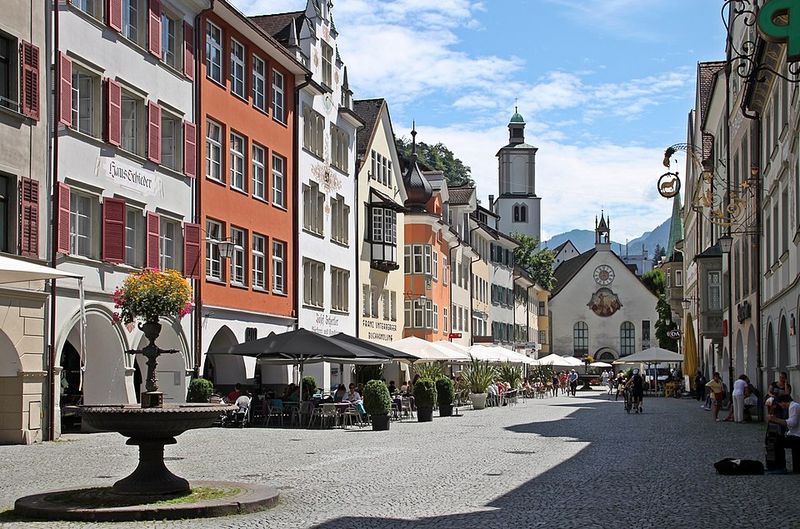
Vorarlberg, Austria’s western edge, sets the bar for sustainable architecture. The Vorarlberger Bauschule fuses timber tradition with crisp modern lines, yielding warm, light-filled buildings that feel both rooted and futuristic. Villages showcase community-built projects—schools, halls, and bus stops that inspire. Local carpenters and textile makers collaborate with avant-garde designers; a simple guesthouse becomes a design pilgrimage. Trails link architecture to landscape, letting you read the region like a living portfolio. Eat mountain herbs in minimalist dining rooms overlooking valleys. Beauty here is quiet, tactile, and shared. Vorarlberg proves good design can be everyday, inclusive, and deeply local.
Lakes of Carinthia, Sunlit and Slow

Carinthia glows with southern light, its lakes ringed by beaches, forests, and pastel towns. Wörthersee shimmers turquoise, while smaller Faaker See invites paddleboarding at dawn. Waterside promenades host gelato stands and impromptu concerts. Alpine-south cuisine blends lake fish, herbs, and hearty dumplings. Bike paths weave between coves and castle ruins. Families swim off wooden piers; evenings bring radiant sunsets that stain the water rose. Nearby thermal spas soothe after long rides. This is vacation at a human tempo—sun-warmed, friendly, deeply restorative. Carinthia whispers: slow down, float longer, and let the mountains simply frame the water’s calm.
Danube’s Creative Corridors in Linz
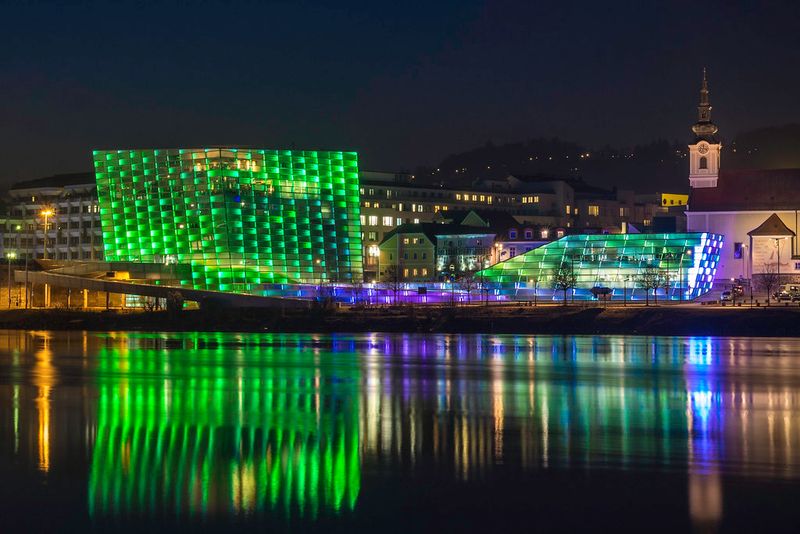
Linz has shed its industrial skin for a creative one that gleams at night. The Ars Electronica Center projects digital dreams across the Danube, while post-industrial spaces host maker labs, new media art, and offbeat festivals. Street art galleries line quiet alleys; cafes hum with students and coders. Riverbanks become open-air lounges at sunset, and cargo past becomes cultural present. The city feels ambitious yet approachable, where ideas prototype fast and communities collaborate. Museum nights, rooftop gardens, and experimental theater collide. Linz isn’t polished perfection—it’s iterative. That honesty, paired with river energy, makes discovery feel immediate and personal.
Culinary Austria: From Alpine to Urban
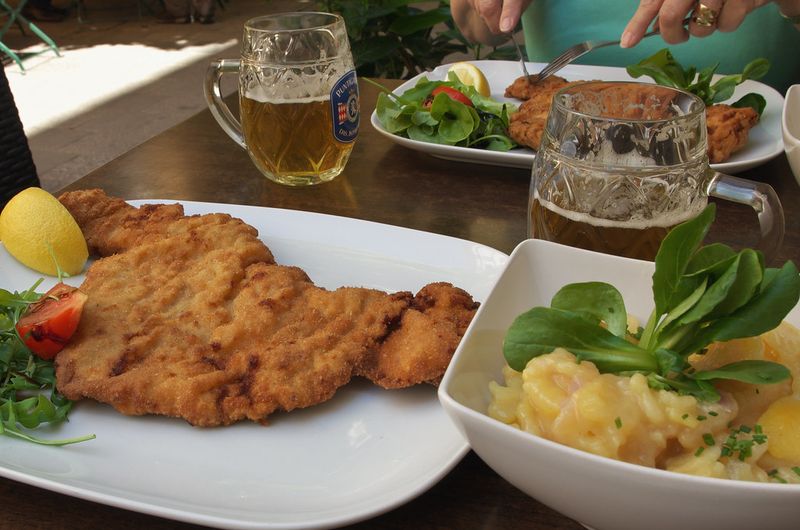
Austria’s kitchen is a map: alpine cheeses and speck from high pastures, lake fish kissed by smoke, vinegars and oils pressed with regional finesse. In cities, chefs riff on classics—lighter schnitzels, foraged mushrooms, and delicate pastries that respect tradition without mimicry. Markets brim with seasonal rhythm: wild garlic, apricots, chanterelles, chestnuts. Natural winemakers craft lively, food-friendly bottles from slopes you can hike. Coffeehouses host writers and freelancers, where cakes arrive like art. Even gas stations sometimes sell excellent bread. Dining here isn’t pomp; it’s proud, local, and thoughtful. Every plate tells a place, every sip traces a hillside.
Festivals, Folklore, and Everyday Warmth
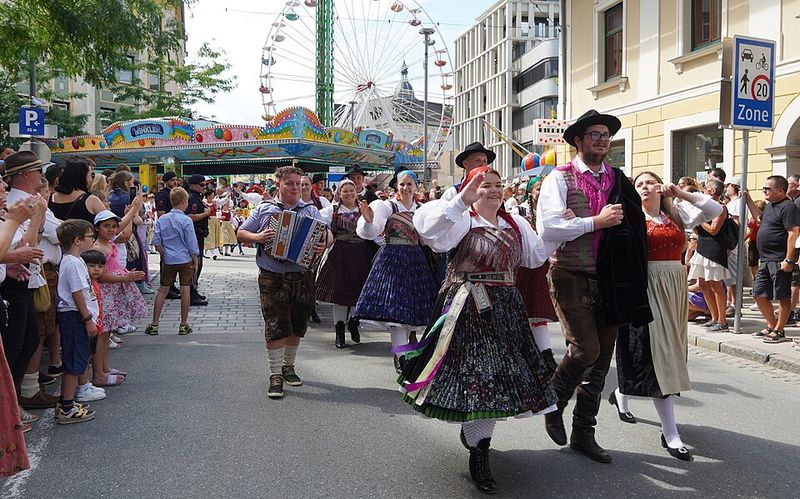
Austria’s magic lives in its calendar and kitchen tables. Harvest parades, Krampus runs, and Advent markets feel intimate, not staged, especially in smaller towns. Locals share mulled wine beneath carved eaves while brass bands echo down cobbled lanes. Guesthouse owners remember names; bakers tuck in an extra roll. Public transport makes exploration easy, turning chance detours into highlights. Seasonal rituals anchor community—costumes, songs, and recipes passed down with pride. Visitors are folded into this rhythm, welcomed as participants rather than spectators. Come curious, stay present, and you’ll carry home something warmer than souvenirs: the feeling of belonging.

